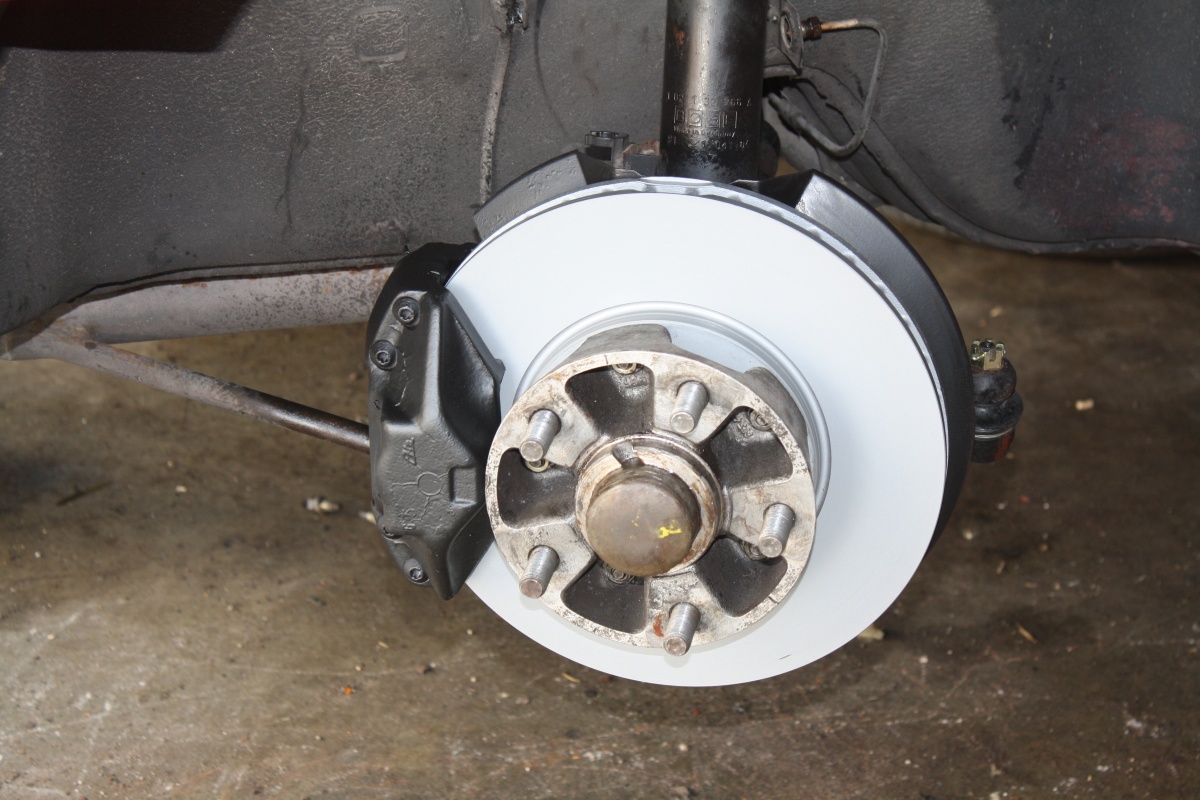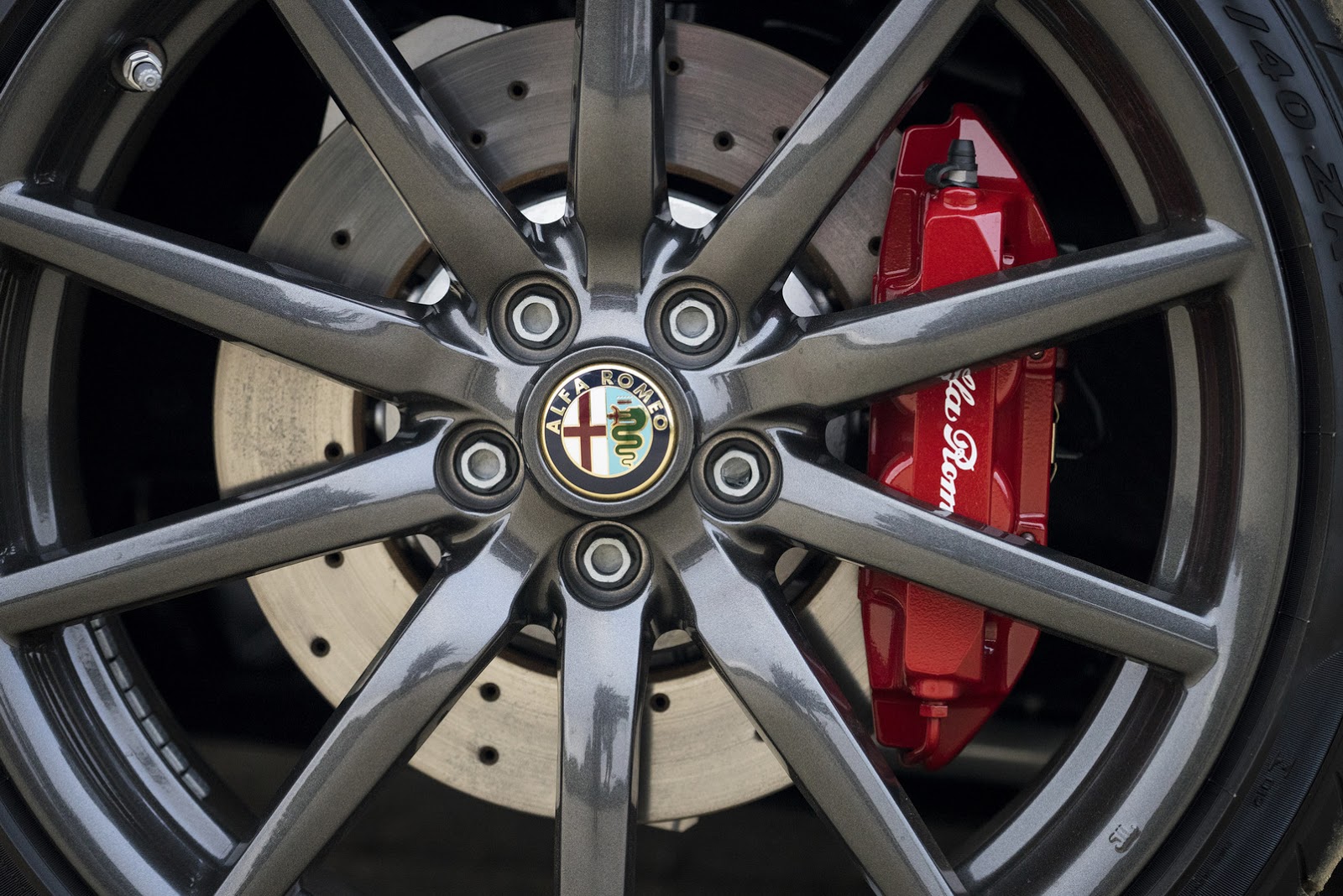A car’s braking system is one of the most important components that ensure a safe and smooth drive. Without a well-maintained braking system, your drive would be extremely unsafe, with increased chances of accidents. To ensure that your car’s braking system is well maintained, you have to be able to identify the symptoms of braking issues. You also need to know how to solve these braking problems.
In this article, we will be discussing the common signs that can occur, which will indicate that your braking system is not functioning well. We will also tell you how to fix these problems.
Spongy Brakes
When you press on the brakes, and they feel soft, that is called spongy brakes. You will notice that there isn’t any resistance being felt when you press the brake.
Spongy brakes occur when air enters the brake fluid. This reduces the resistance provided by the fluid and leads to softness or sponginess on braking.
The way to manage this problem is quite simple. You need to bleed the brake fluid and then top up the reservoir with new fluid. Make sure not to let air enter the reservoir; otherwise, the problem will persist.
If the spongy brake problem isn’t resolved even after replacing the brake fluid, you need to visit a brake specialist and inspect your braking system.
Grinding Or Squealing Noises
If you hear grinding or squealing noises on braking, then you should immediately consider that you may have a brake system defect. Both these sounds indicate something different.
If your car makes a squealing sound, then this indicates that your brake pads are starting to wear. Brake pads have a wear indicator built into the pad that makes this squealing sound on braking to indicate to the driver that the pads are starting to wear out. The wear indicators contact the rotors to create the squealing sound.
Grinding indicates that you’ve waited too long to replace your brake pads, and now the metal part of the brake pads and the rotors are coming in contact. The only option now is to replace the brake pads.
You will need to visit a mechanic for this process. Ask your mechanic to replace your brake pads with the best brake pads available in the market. Buying good-quality brake pads will ensure they last a long time.

Car Pulling To One Side
If your car pulls to one side on braking, you have a serious issue on your hands and should get it inspected immediately. This problem occurs when there is uneven pressure on the brakes.
The most common reason for uneven pressure on the pads is faulty calipers. The caliper is the braking system component that encompasses the braking pads and pistons.
The caliper becomes defective when the piston starts to stall in its bore because of rust or corrosion. Due to this reason, the pistons cannot move back into the bore leading to uneven pressure on the brake pads.
The second common reason for calipers becoming defective is the piston gets bent out of shape. This tightens the caliper and reduces the pressure transferred to the brake pads.
For either of these problems, you will need to visit your mechanic. If the pistons are rusted or bent, you will need to get the caliper changed.
Sometimes, the caliper becomes faulty because of a lack of regular maintenance. The pins and pistons aren’t well lubricated, because of which they don’t perform well.
Your mechanic will need to service the brakes, and they should work fine.
Shaky Steering Wheel
If your car’s steering wheel starts to shake when you apply the brakes, then you have an issue with the rotors. Rotors are another important component of the braking system. They are the large metal disc you see attached inside of each wheel.
The job of the rotor is to slow down the brake pad, resulting in smooth braking of the car. The rotor surface needs to be very smooth. But over time, as rotors undergo wear, they become jagged.
Serrations begin to form on the rotors, and as the brakes come in contact with the rotors, they cause them to vibrate. You can feel this vibration through your steering wheel when you brake.
The easiest way to solve this problem is by leveling the rotors. This, however, should only be attempted by a professional.
If the rotors have the slightest difference in thickness, they will cause vibrations in the steering wheel.
Burning Smell
This is caused by the brake fluid overheating. Brake fluid usually overheats when you use your brakes too often. An example of this is when you drive downhill from a mountain.
This continuous use of the brakes causes the brake fluid to heat up, and if the brake fluid reaches boiling point, your brakes will fail. This is a serious issue, especially if you’re driving downhill from somewhere.
The solution, however, is quite simple. If you smell a strong acid-like burning smell, then park your car on the side of the road and wait for the brake fluid to cool down. Once it cools down, you can continue your driver.
The Brake Pedal Touches The Floor
If your brake pedal touches the car’s floor when the car is at a standstill, you may have a brake pressure issue. In this case, you need to check the condition of the master cylinder. The way to do this is by topping up the brake fluid and then waiting a couple of days.
After a couple of days, check the master cylinder; if the level has dropped, then you have a leak. You will need to visit a service center and get your braking system inspected by a professional.
Final Thoughts
We hope you’ve understood the common signs of faulty brakes through this article. Taking care of these problems before they exacerbate will be very beneficial for you. Remember to buy genuine, good-quality parts for your braking system to ensure longevity and good performance.


